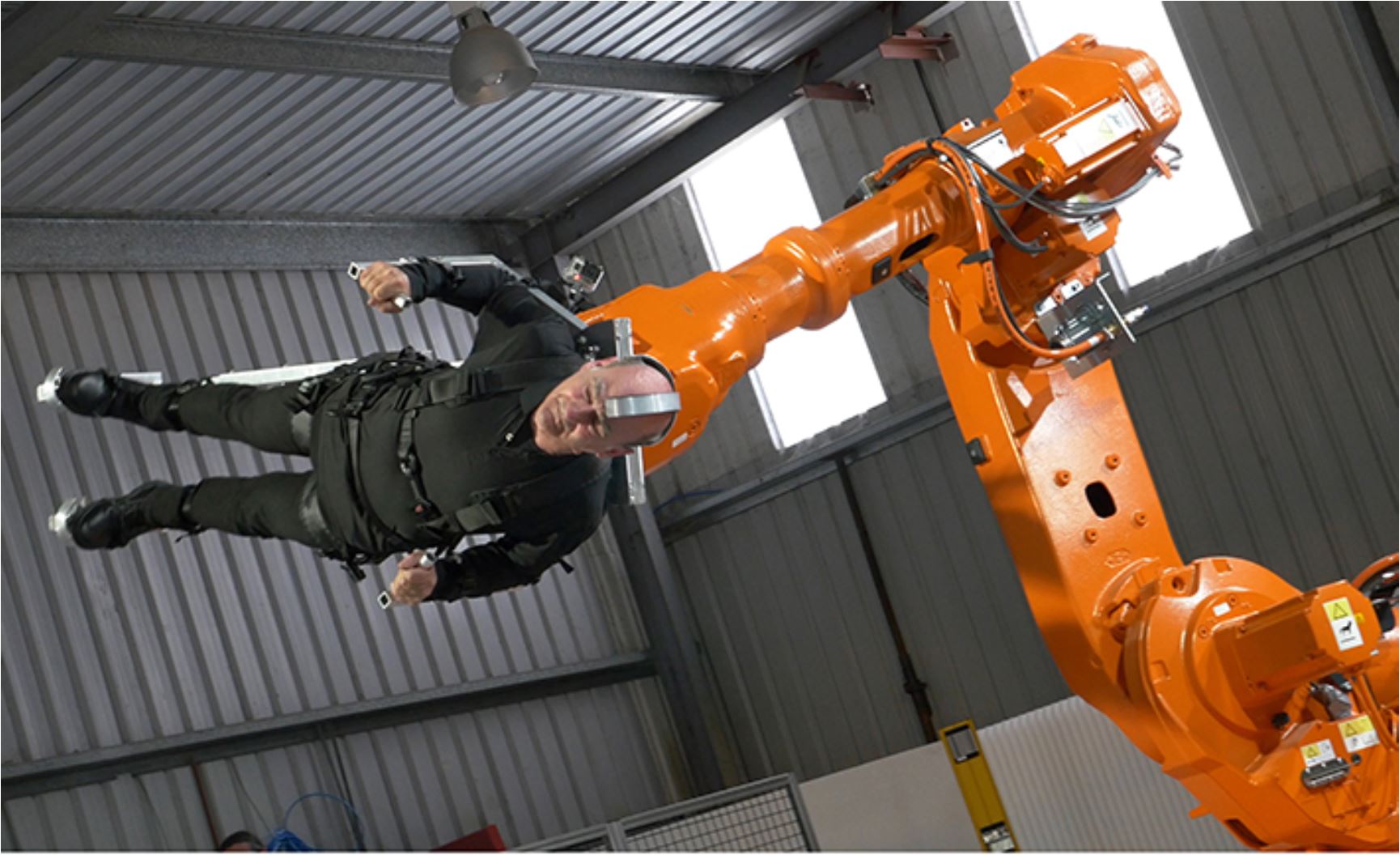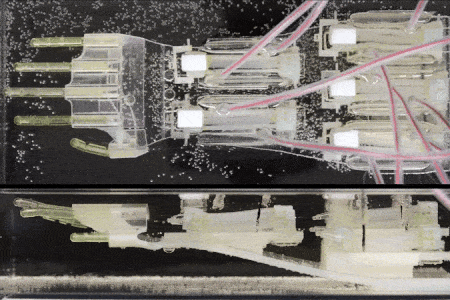
In a world where technology, medicine and engineering collide, what is the future of human biology? It’s a question being considered by STELARC: Posthuman Bodies, a provocative new exhibition presented by Flinders University Museum of Art (FUMA) located at the University’s main campus at Bedford Park.
An internationally acclaimed Australian performance artist whose practice spans nearly 50 years, Stelarc is known for his radical and experimental investigations that probe the physical limits of human experience. The survey exhibition presented by FUMA includes diagrams, video and photography of the artist’s previous performance works and engineered prosthetics which have been integral to them.
“Displaying works by one of the most celebrated artists in the world working at the cutting edge of art and technology, the show traces Stelarc’s speculative and groundbreaking practice from the 1970s to the present day,” says Fiona Salmon, Director of FUMA.
“Bringing together these works for the first time in Adelaide, a city that ironically that shut down the artist’s earliest attempted suspension performance in 1975, will enable audiences to contemplate the broader language of Stelarc’s oeuvre and the trajectory of his ideas.”
Posthuman Bodies also serves as an essential companion to Stelarc’s latest work presented by the Art Gallery South Australia (AGSA) for the 2020 Adelaide Biennial of Australian Art: Monster Theatres. Constructed in collaboration with the Australian Industrial Transformation Institute (AITI) at Flinders University, Festo Australia (a global leader for automation technology) and consulting engineer, Wayne Michell (Ternay Pty Ltd), the colossal 9 metre pneumatically powered stick figure will be on display at AGSA 29 February – 8 June.

Perth, photographer: Steven Aaron Hughes; copyright the artist
“Art helps us imagine new possibilities by broadening our perspectives. By connecting our mutual drive to explore the social, economic and environmental applications of advanced and emerging technologies, art enables us to see things in fresh light,” says Professor John Spoehr, Director of AITI at Flinders.
“Stelarc helps us explore the complex relationship we have with technology – our fascination, fears and hopes. His enduring investigations of body architectures reflected in Posthuman Bodies and Monster Theatres radically disrupt understandings of human capability and invite us to imagine a futuristic world of augmented human anatomy.”
Born in Limassol on the island of Cyprus in 1946 and raised in Melbourne, Stelarc’s artistic practice since the late 1960s has incorporated bodily interventions and extensions including prosthetics, robotics, virtual reality and biotechnology.
As illuminated in the exhibition presented by FUMA, his work has included 25 body suspension performances and three films made on the inside of his body. He has performed with a Third Hand, an Extended Arm, a Stomach Sculpture and Exoskeleton, a six-legged walking robot.
His Fractal Flesh, Ping Body and Parasite performances explored involuntary, remote and internet choreography of the body with electrical stimulation of the muscles.
Stelarc has also surgically constructed an Extra Ear on his arm that will ultimately be internet enabled, making it a publicly accessible acoustical organ for people in other places.
Propel, Re-Wired/Re-Mixed and StickMan are other projects and performances on display at FUMA that explore human-machine and online interface STELARC: Posthuman Bodies opened to the public Monday February 24 and will be formally launched on Thursday March 5.
Guest speakers at the launch will be Rhana Devenport ONZM, Director of the Art Gallery of South Australia, and Professor John Spoehr, Director of the Australian Industrial Transformation Institute (AITI), Flinders University.
The and open 10am until 5pm Monday to Friday and until 7pm on Thursdays. FUMA is located on the ground floor, Social Sciences North building, Flinders University, Bedford Park.
For more details about the and associated programs including a public lecture presented by the artist, visit the .





